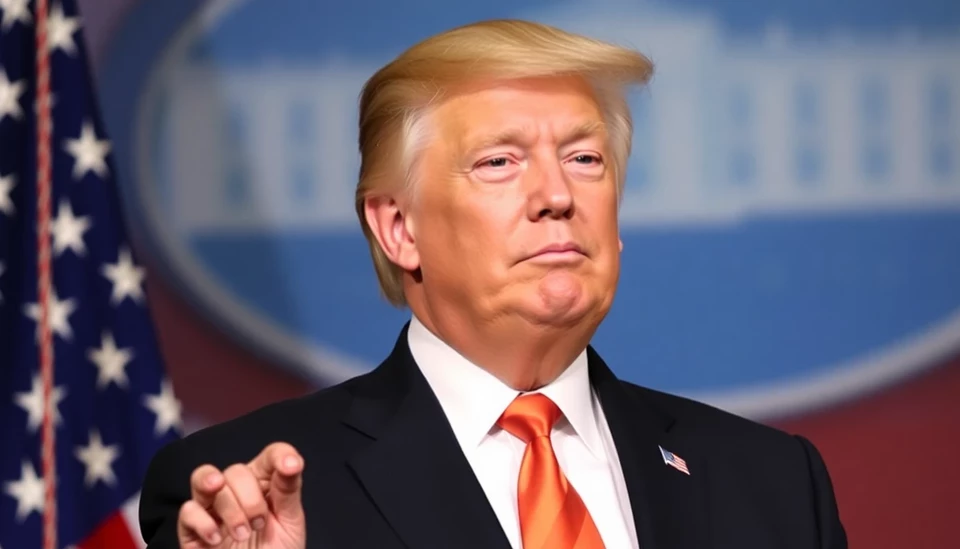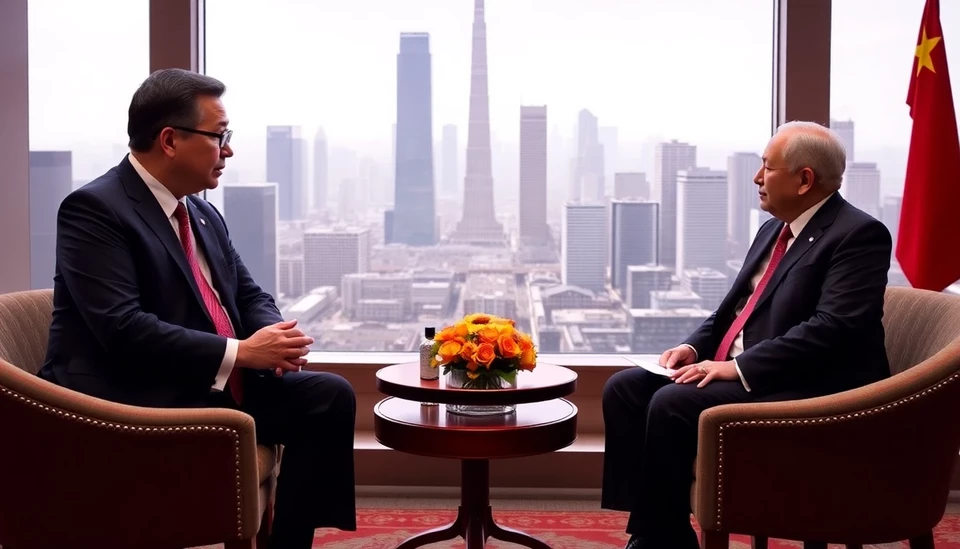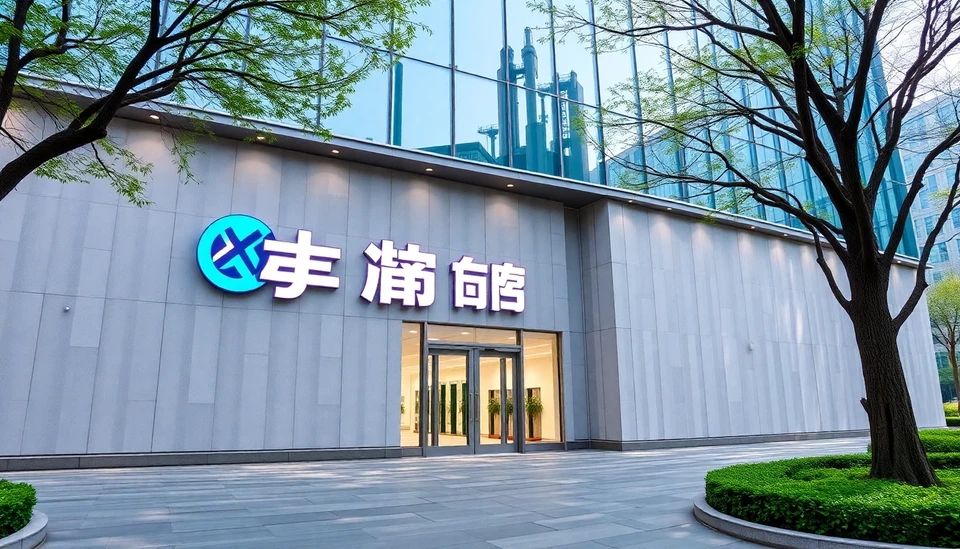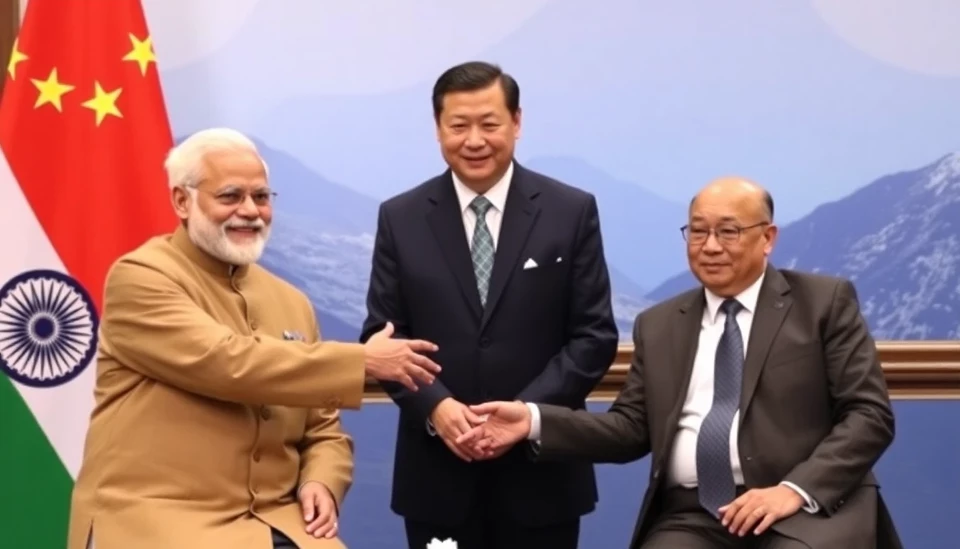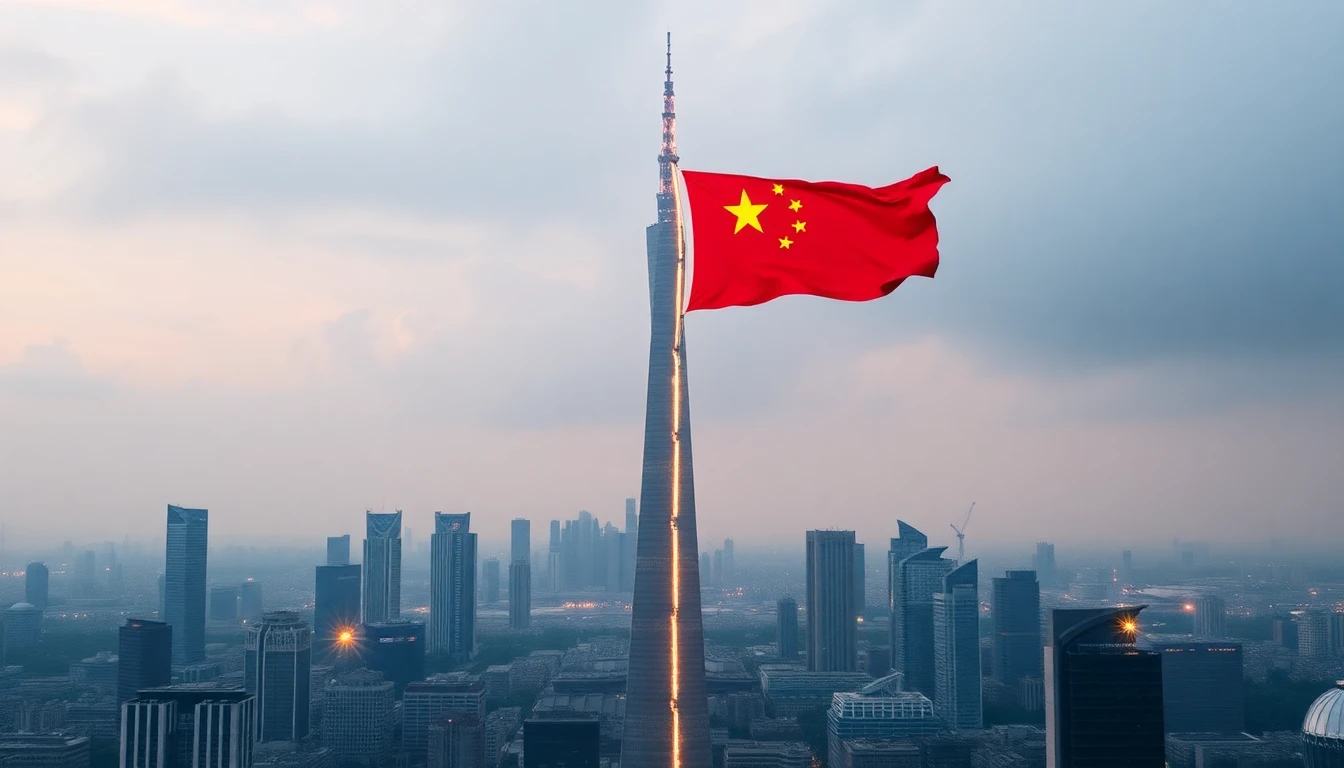
In recent developments, the investment landscape regarding China has become increasingly polarized, following a series of economic measures introduced by the country's government. The divergence in perspectives has created a significant divide among global investors, with opinions split on the effectiveness and longevity of these initiatives. This article delves into the differing viewpoints, the stimulus efforts made by China, and the impact on global investment strategies.
China recently initiated a series of stimulus efforts aimed at revitalizing its slowing economy. These measures included tax cuts, increasing public investment projects, and slashing interest rates. The overarching goal is to inject new life into the economy that has been grappling with sluggish growth figures and declining consumer confidence. The measures have been described as crucial steps towards stabilizing China's economic environment in the face of internal and external challenges.
Despite these optimistic maneuvers by the Chinese government, there remains a stark divide among foreign investors. On one side, certain investors view China's stimulus measures as a positive, short-term boost that sets the stage for potential gains. These investors are optimistic, betting on the premise that such fiscal and monetary policies will invigorate the Chinese markets and, by extension, yield profitable returns.
Contrarily, a substantial faction of investors regards these measures with skepticism. Their trepidation is rooted in concerns over China's mounting debt levels and the potential for policy pivots that could undermine the perceived stability. These investors are wary of increased governmental interventions and remain unconvinced about the sustainability of the current growth trajectory. They contend that without structural reforms, the stimulus efforts may only offer temporary relief rather than long-term prosperity.
The increased polarization in investor sentiment is leading to notable shifts in global capital flows. Some investment funds are bolstering their portfolios with Chinese assets, while others are either divesting or holding steady, awaiting further clarity on China's economic direction. This cautious approach is prevalent among those with reservations about the transparency and predictability of China's market conditions.
Moreover, geopolitical tensions, particularly between China and Western powers, add an additional layer of complexity. As these political factors evolve, they play a significant role in influencing foreign investments, further exacerbating the divide among investors. The dynamic political landscape continues to pressure investors to reevaluate their strategies concerning Chinese markets.
In conclusion, the chasm over investing in China emphasizes the broader challenges faced by international markets in adapting to shifting economic policies and global relationships. As China navigates this critical juncture, the world watches closely, emphasizing the importance of strategic foresight and flexibility in global investment practices.
This ongoing situation invites a crucial discussion about the risk-reward balance in emerging markets like China and whether the potential outcomes justify the steep economic and political uncertainties.
#China #Investing #GlobalMarkets #Stimulus #EconomicPolicy #Geopolitics #DebtCrisis #InvestorSentiment
Author: Daniel Foster
